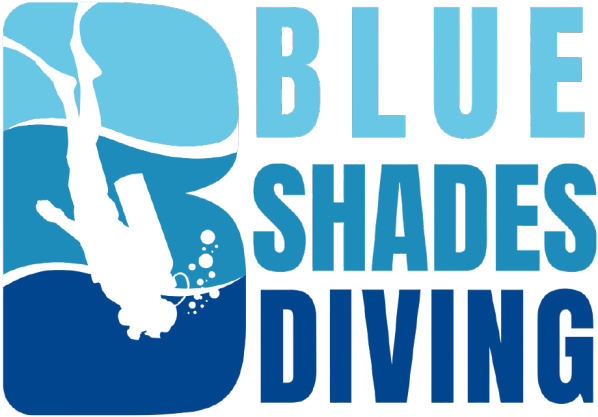Rocky & Zabargad
Rocky & Zabargad
(also known as St. John’s Island)
Zabargad Island is the largest island in the far south of Egypt’s Red Sea and lies at the heart of the Elba National Marine Park. Often confused with the St. John’s Reefs, Zabargad is geologically and geographically connected to them, but it is its own unique destination. The island gets its name from the precious gemstone ‘Zabargad’ (peridot), which was once mined here.
Most “Deep South” liveaboard itineraries are titled “St. John’s, Rocky Island & Zabargad” – these remote dive spots are all part of the same route. Zabargad and Rocky Island lie 50–60 km offshore, with the St. John’s reefs scattered in between.
Uninhabited and triangular, Zabargad stretches approximately 2.6 km across and 3 km in length. Its central mountain rises 250 meters above sea level. Although its geological origins are still debated, what’s certain is that this barren island hides a breathtaking underwater world beneath the surface.
Too remote for day trips, Zabargad is only visited by liveaboards, which usually moor in the sheltered southern bay—an excellent base for diving both Zabargad and nearby Rocky Island, just 6 km to the southeast.
Diving at Zabargad
Zabargad boasts some of the best dive sites in the entire Red Sea, with vibrant coral reefs and a mysterious wreck surrounded by abundant marine life. With a bit of luck, you might even encounter a pelagic shark cruising by.
The wreck is a 75-meter-long Russian “Moma-class” vessel believed to have sunk during the Cold War. Official records are scarce, but the wreck now rests at 24–25 meters deep, with its mast breaking the surface at low tide. Decades of isolation have transformed it into a thriving artificial reef, teeming with fish and invertebrates.
Zabargad offers something for every diver:
• Sheltered reefs with healthy coral gardens for beginners and night dives
• Exposed, deeper sites for experienced divers seeking adventure and sharks
• Frequent sightings include octopuses, moray eels, crocodile fish, and turtles – with female turtles visiting the beaches to nest during the summer
Rocky Island
A diver’s hidden gem in the deep south, Rocky Island is a tiny, uninhabited island about 60–70 km off Egypt’s mainland and just 6 km southeast of Zabargad. While it benefits from Zabargad’s protection, it also thrives on nutrient-rich north-south currents—making it a magnet for pelagic species.
Measuring only about 500 meters in length and 300 meters in width, the triangular-shaped Rocky Island is one of the top dive destinations in the Red Sea, still quiet and untouched by mass tourism.
A shallow plateau extends about 35 meters from the island before plunging into deep water—perfect for your safety stop. The remote location and surrounding depths offer excellent opportunities for spotting large marine life, including oceanic sharks.
Diving at Rocky Island
With ever-changing conditions and strong currents, Rocky Island is best suited for experienced divers. Still, it’s an unforgettable destination for all adventurers. Depending on the weather and current, up to three or more dives a day are possible here.
• Southern Side
This is the calmest area of the island, ideal for less experienced divers or anyone seeking a more relaxed dive. The gentle conditions allow soft corals and smaller reef fish to flourish. The reef is stunning in both shape and color.
• Northern Side
Exposed to the most wind and waves, this side is for thrill-seekers. The stronger currents make for action-packed dives—often as drifts—and attract larger predators. Your dive guide will choose the best entry point based on the current direction.
• Eastern Side
The eastern tip is the most exposed but also one of the most rewarding. With good planning, this area offers a high chance of pelagic encounters, spectacular coral formations, and exciting deep-water exploration. Deeper depths help avoid strong surface currents and increase your dive time in the action zone.
Zabargad and Rocky Island promise a Red Sea diving experience unlike any other – remote, pristine, and full of surprises. Whether you’re into macro life or hunting for sharks in the blue, this region is a must for your dive bucket list.
